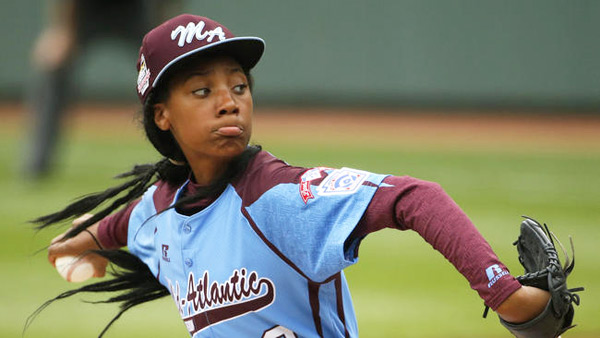 As cases of Little League Shoulder (LLS) occur more frequently, the need for additional information about the causes and outcomes of the condition has become clear. Researchers presenting at the American Orthopaedic Society for Sports Medicine’s (AOSSM) Annual Meeting today shared new data identifying associated risk factors, common treatment options and return to play.
As cases of Little League Shoulder (LLS) occur more frequently, the need for additional information about the causes and outcomes of the condition has become clear. Researchers presenting at the American Orthopaedic Society for Sports Medicine’s (AOSSM) Annual Meeting today shared new data identifying associated risk factors, common treatment options and return to play.
“Our study examined 95 patients ranging from 8-17 years old diagnosed with Little League Shoulder,” commented Benton E. Heyworth, MD, corresponding author from Children’s Hospital Boston, Division of Sports Medicine in Boston, Massachusetts. “Not surprisingly, we found 97% of the affected athletes were baseball players, with 50% of the patients being only 12 or 13 years old — a good indicator of the stress being put on young arms.”
Of the 95 patients, 30% were identified with a reduced range of motion during physical exam. These patients were three times more likely to experience an injury recurrence 6-12 months after returning to play.
“The data showed 13% of patients treated also reported elbow pain, 10% reported shoulder pain or weakness, and 8% reported other mechanical symptoms,” Heyworth noted. “These related symptoms should be recognized as possible identifiers for injured athletes in the future.”
The study examined cases of Little League Shoulder from a single pediatric referral center between 1999 and 2013. Researchers analyzed age, sex, physical examination and radiologic findings, treatment approaches and rates of occurrence.
Treatment options for players included rest in 98% of cases, physical therapy in 79%, and a position change in 25% after returning to play. Average time for returning to play was 4.2 months from injury diagnosis. The study done by American Orthopaedic Society for Sports Medicine (AOSSM).